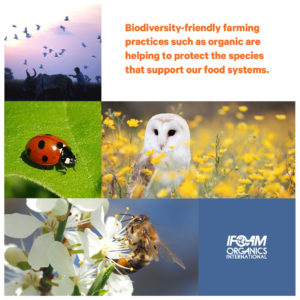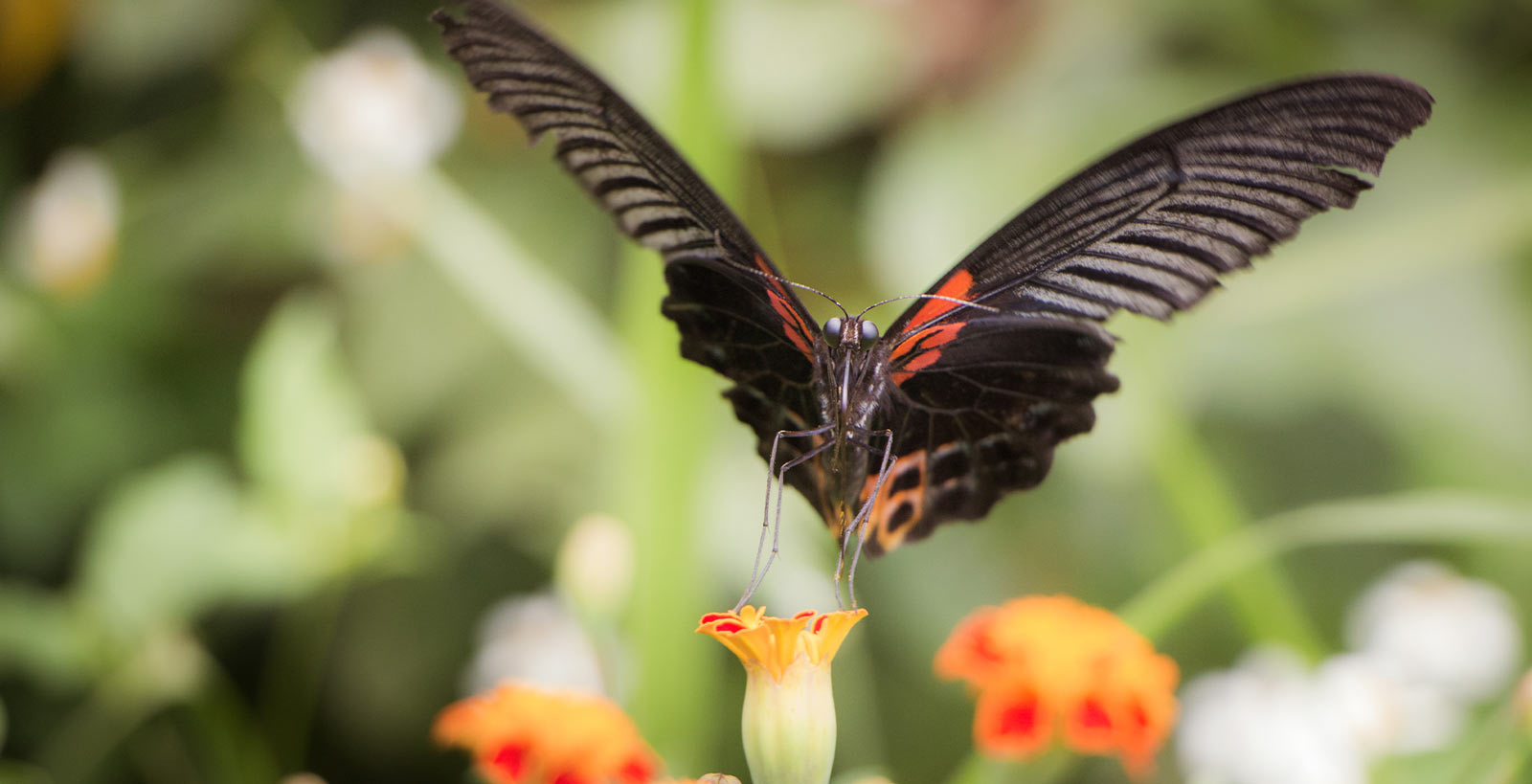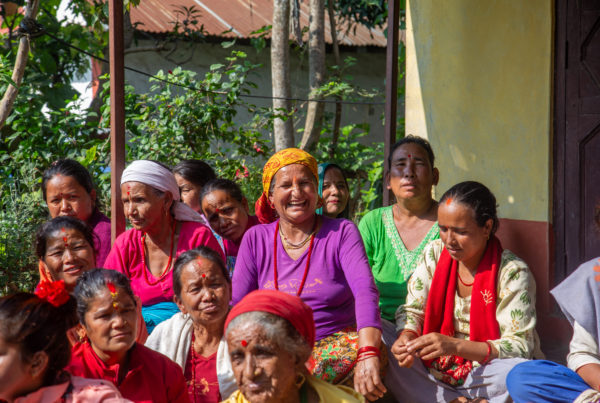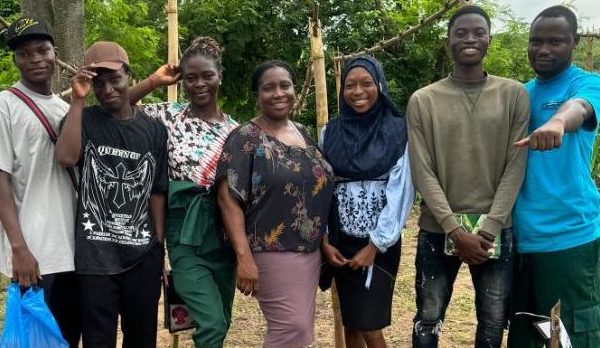Today is International Day for Biological Diversity (IDB). This year IDB focuses on biodiversity as the foundation for our food and health as the catalyst to transform food systems and improve human well-being.
The state of biodiversity
Up to one million plant and animal species are currently facing extinction – and the rate of extinctions is accelerating, according to the Intergovernmental Science-Policy Platform on Biodiversity and Ecosystem Services (IPBES).
The report, written by 145 expert authors with a further 310 contributing authors from 50 countries over the last 3 years, finds that agricultural activities are the main driver of biodiversity loss. To reverse the current trends, we need urgent and concerted efforts fostering transformative change which, in the case of agriculture means promoting sustainable agricultural practices, such as agroecology and organic farming.
Biodiversity – the diversity within species, between species and of ecosystems – is declining faster than at any time in human history. While more food, energy, and materials than ever before are now being supplied to people in most places, this is increasingly at the expense of nature’s ability to provide such contributions in the future and frequently undermines nature’s many other contributions, which range from water quality regulation to sense of place.
According to the report, agricultural activities have had the largest impact on ecosystems that people depend on for food, clean water and a stable climate. In particular, the report highlights:
- Land degradation has reduced productivity of 23% of global land surface.
- More than 1/3 of the world’s land surface and nearly 75% of freshwater resources are devoted to livestock production.
- From 1980 to 2000, 100 million hectares of tropical forest were lost due to agricultural expansion, mainly due to cattle ranching in Latin America (42 million hectares) and plantations in Southeast Asia (7.5 million hectares), 80% of which were used for oil palms.
- Fertilizers entering coastal ecosystems have produced more than 400 ocean ‘dead zones’, in total more than 245,000km2.
- Value of agricultural crop production has increased by about 300% since 1970, raw timber harvest risen by 45% and ca. 60 billion tons of renewable and non-renewable resources are extracted globally every year.
- Up to US $577 billion in annual global crops are at risk from pollinator loss.
What does biodiversity loss mean?
One could argue that a large part of the loss of biodiversity is a sacrifice on the altar of food security for all humans. Unfortunately this is not the case. Giving priority to one of nature’s contributions to people, such as food production, can result in ecological changes that reduce other contributions. Some of these changes may benefit some people at the expense of others, particularly the most vulnerable, as may changes in technological and institutional arrangements. For example, although food production today is sufficient to satisfy global needs, approximately 11 per cent of the world’s population is undernourished, and diet-related disease drives 20 per cent of premature mortality, related both to undernourishment and to obesity.
Why does this loss matter?
Globally, local varieties and breeds of domesticated plants and animals are disappearing. This loss of diversity, including genetic diversity, poses a serious risk to global food security by undermining the resilience of many agricultural systems to threats such as pests, pathogens, and climate change. Fewer and fewer varieties and breeds of plants and animals are being cultivated, raised, traded and maintained around the world, despite many local efforts, which include those by indigenous peoples and local communities.
By 2016, 559 of the 6,190 domesticated breeds of mammals used for food and agriculture (over 9 percent) had become extinct and at least 1,000 more are threatened. In addition, many crop wild relatives that are important for long-term food security lack effective protection, and the conservation status of wild relatives of domesticated mammals and birds is worsening. Reductions in the diversity of cultivated crops, crop wild relatives and domesticated breeds mean that agroecosystems are less resilient against future climate change, pests, and pathogens.

How can we prevent further loss?
The IPBES report concludes that, in order to avoid further ecological damage, it is time to turn our focus away from blind economic growth. Instead, we need to understand that if nature collapses, the economy will soon follow suit. The good news is that the solutions to avoid this scenario already exist. The authors clearly stress that options for sustainable agricultural production are available and developing further.
These options include:
- organic agriculture,
- agroecological practices,
- soil and water conservation practices,
- agroforestry,
- silvopastoral systems,
- irrigation management,
- small or patch systems,
- and practices to improve animal welfare.
Synergies also exist, such as sustainable agricultural practices that enhance soil quality, thereby improving productivity and other ecosystem functions and services such as carbon sequestration and water quality regulation.
Contest identifies solutions for a path forward
IFOAM – Organics International is constantly working with its partners on finding, scaling up and promoting solutions that enhance biodiversity within agricultural production. Together with Rare, we have run the global Solution Search contest designed to identify, reward and spotlight innovative farming approaches to biodiversity protection. Through this contest, over 330 innovative and replicable ideas have been identified, connecting agriculture, livelihood and the environment. From modern beekeepers who work on reviving ancient local wisdom to mobile apps that connect rural farmers with urban consumers, these innovators employ methods, with an emphasis on agroecology, organic farming, integrated farming, and conservation agriculture to replace the overuse of chemical fertilizers and pesticides, and restore ecosystems. They take a better control of waste and crop residues, including producing compost, animal feed, or biofuel. They bring new-found economic benefits and recognition for traditional varieties, knowledge, and practices. To learn more about these, visit the Agriculture and Biodiversity theme of the PANORAMA Platform.
Transformative change also takes a fundamental system-wide reorganization across political, technological and economic factors including the elimination of perverse incentives, particularly in agriculture and fisheries that don’t just harm biodiversity but don’t deliver any public goods, either. Policies across all sectors need to be reformed in order to be able to support this new model of food systems based on the principles of agroecology. Fortunately, more and more countries are starting to put in place such policies. A collection of these is available in our Global policy toolkit on public support to organic agriculture. The best such policies were selected for the Future Policy Award on Agroecology in 2018.







